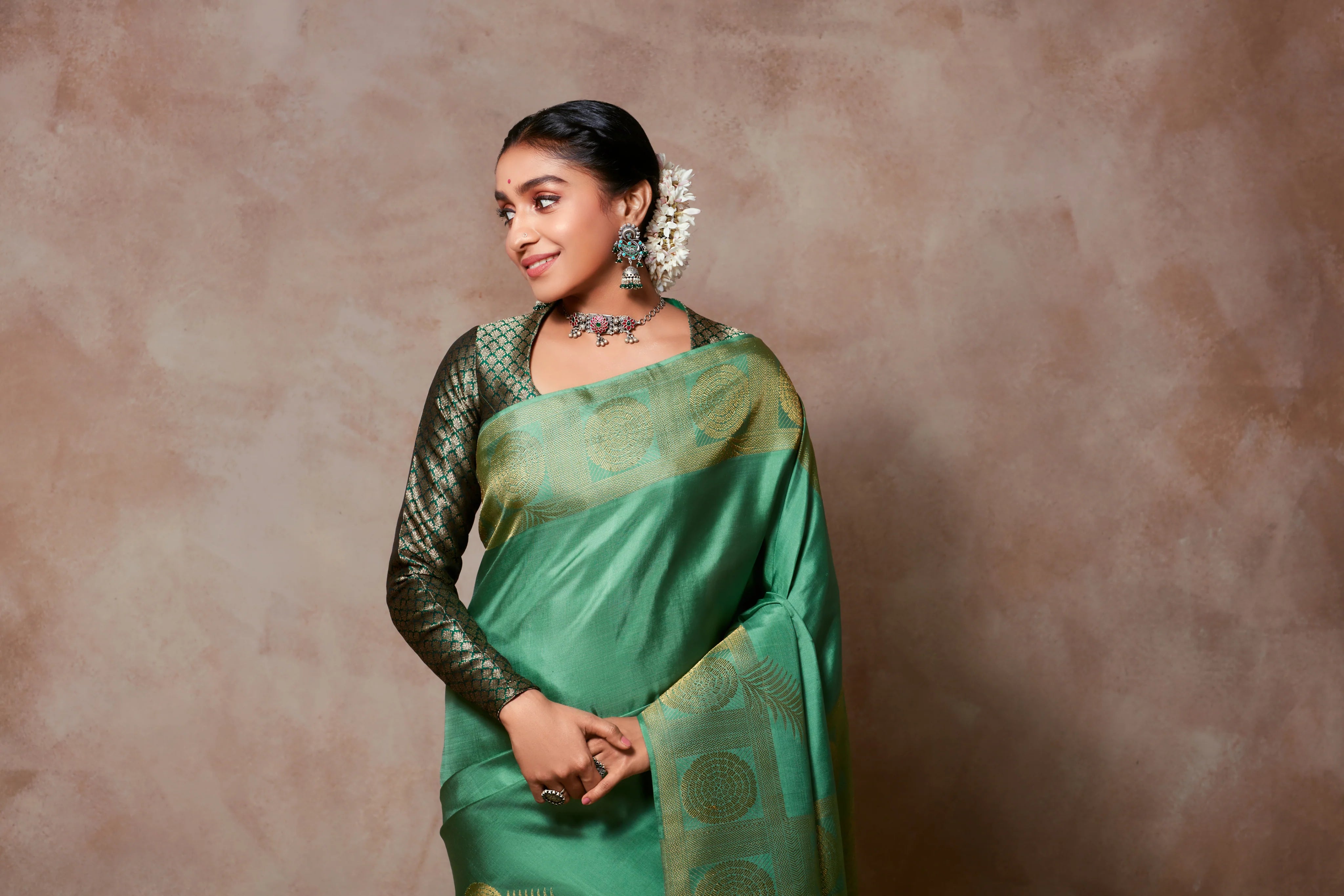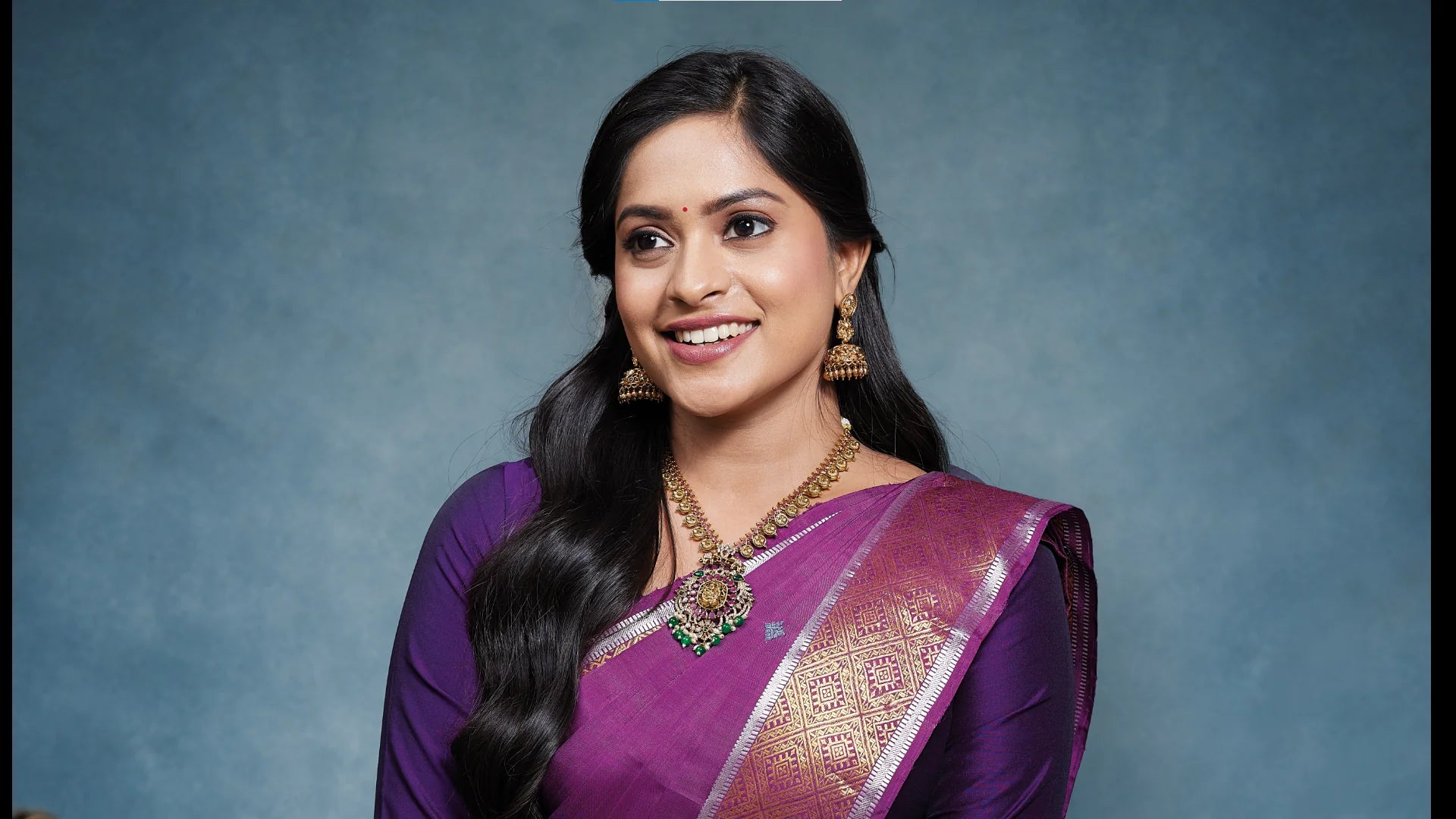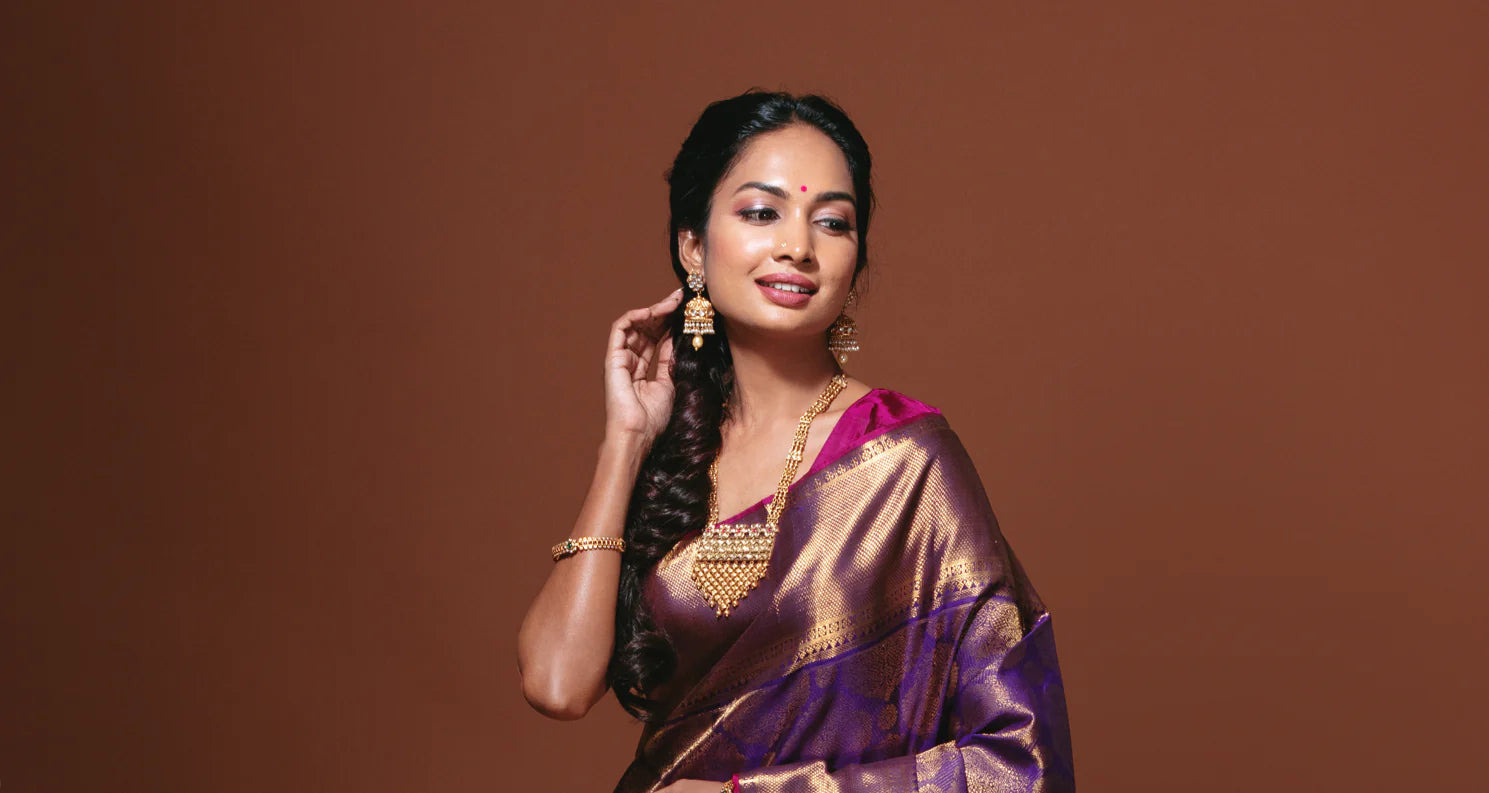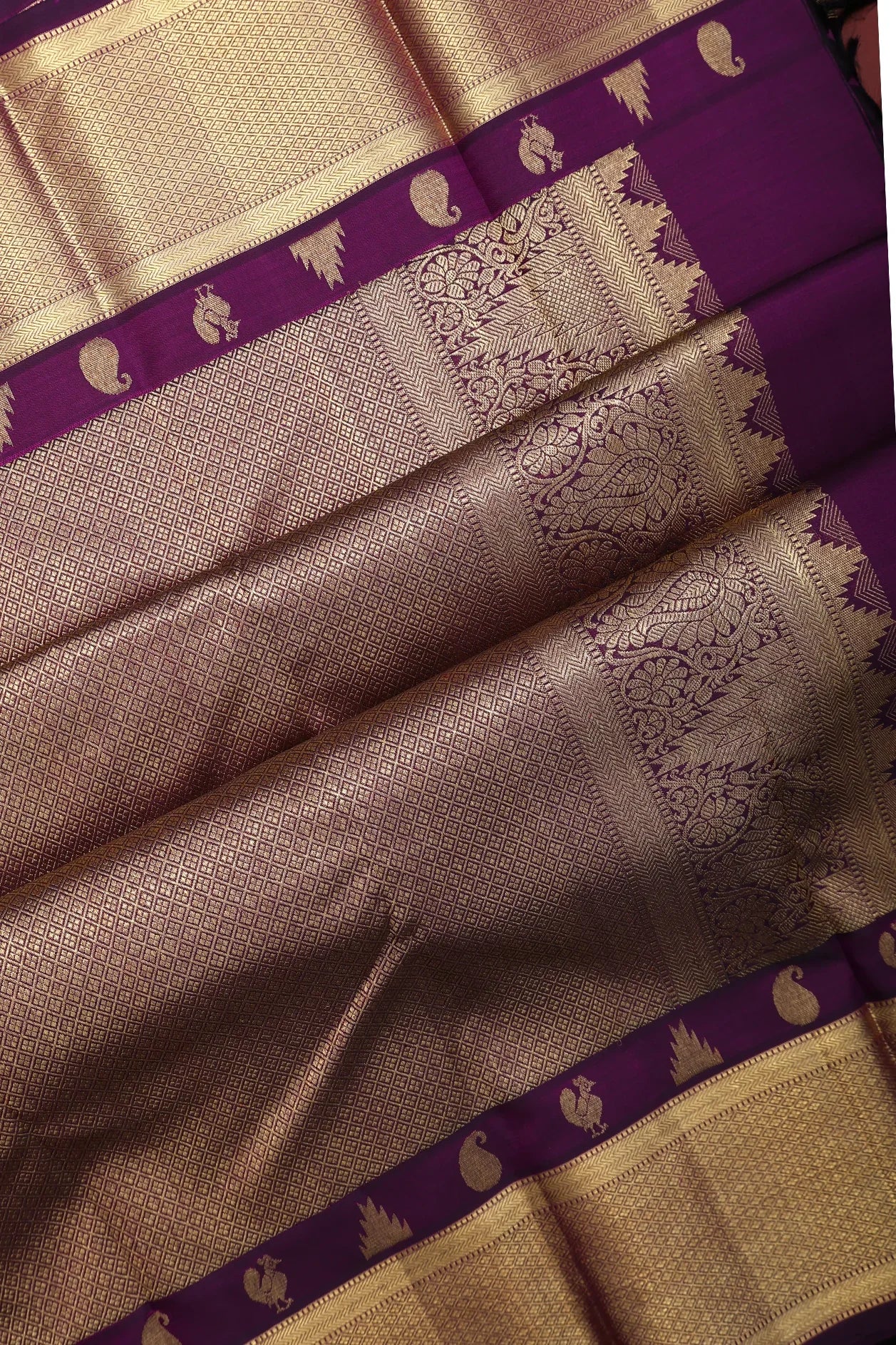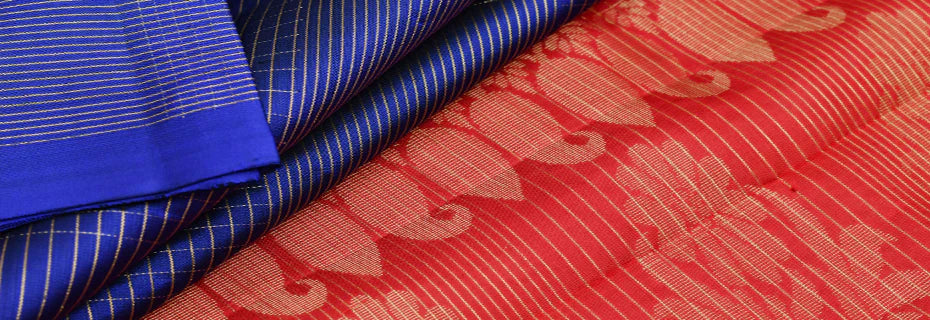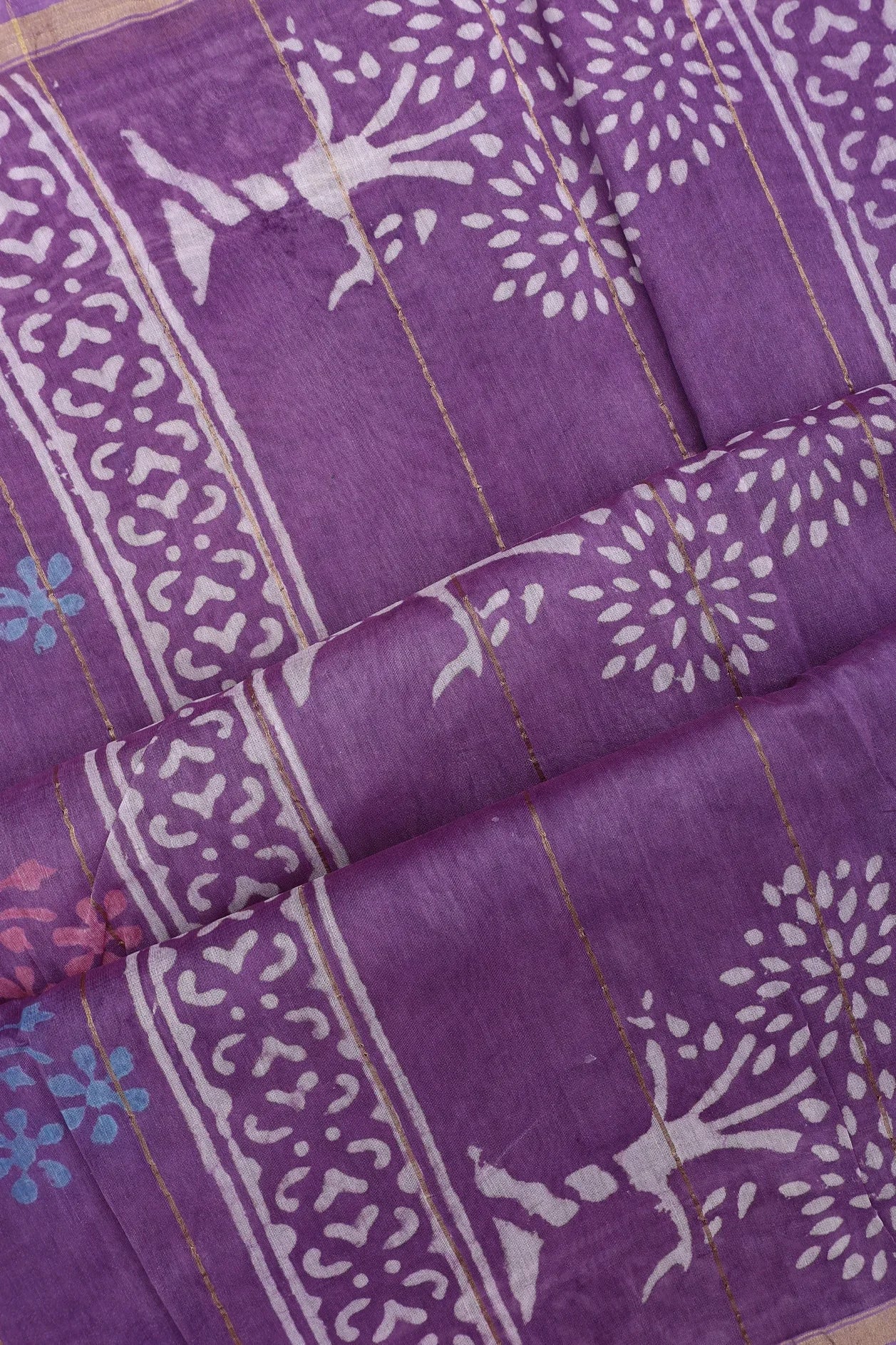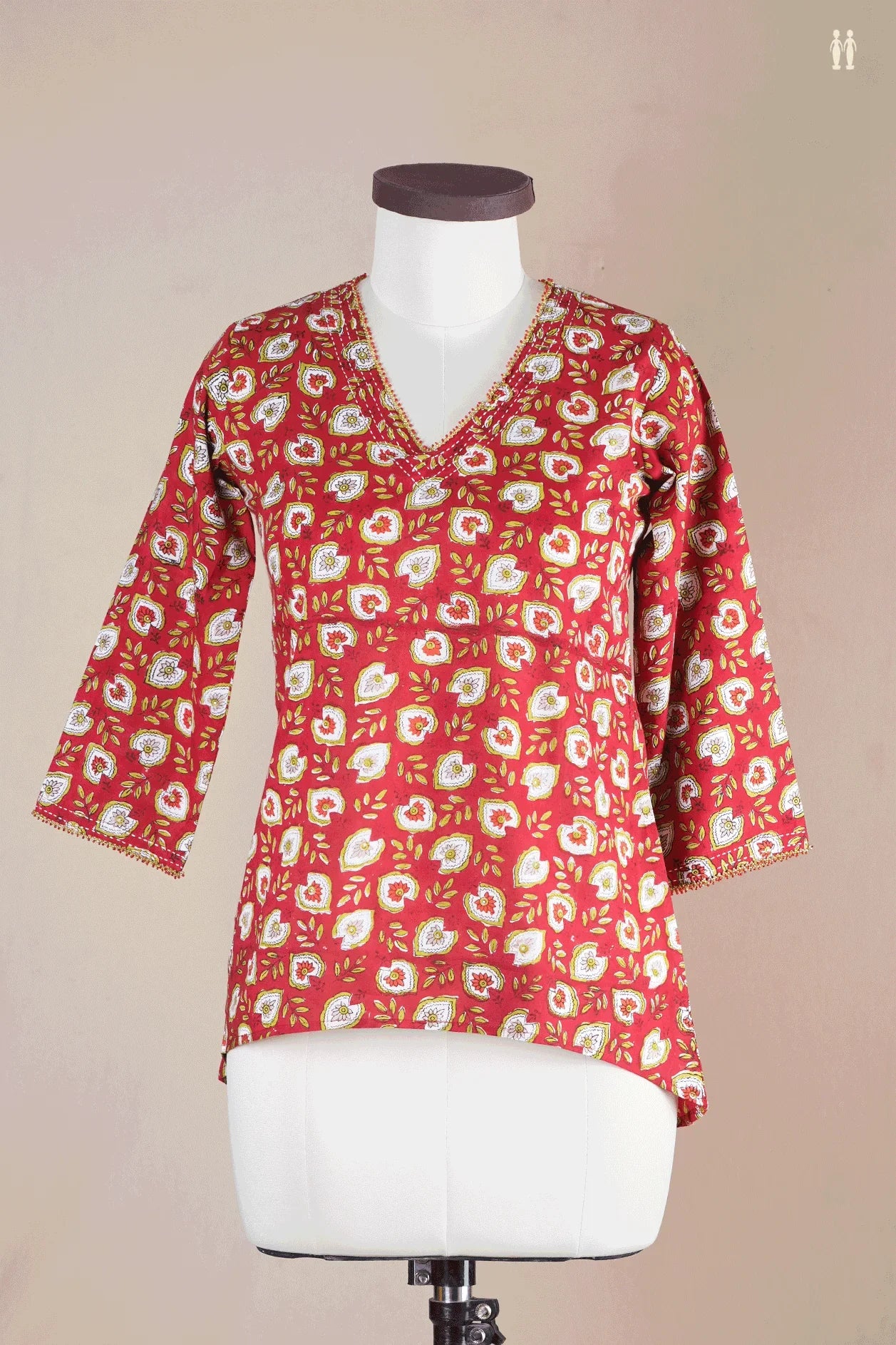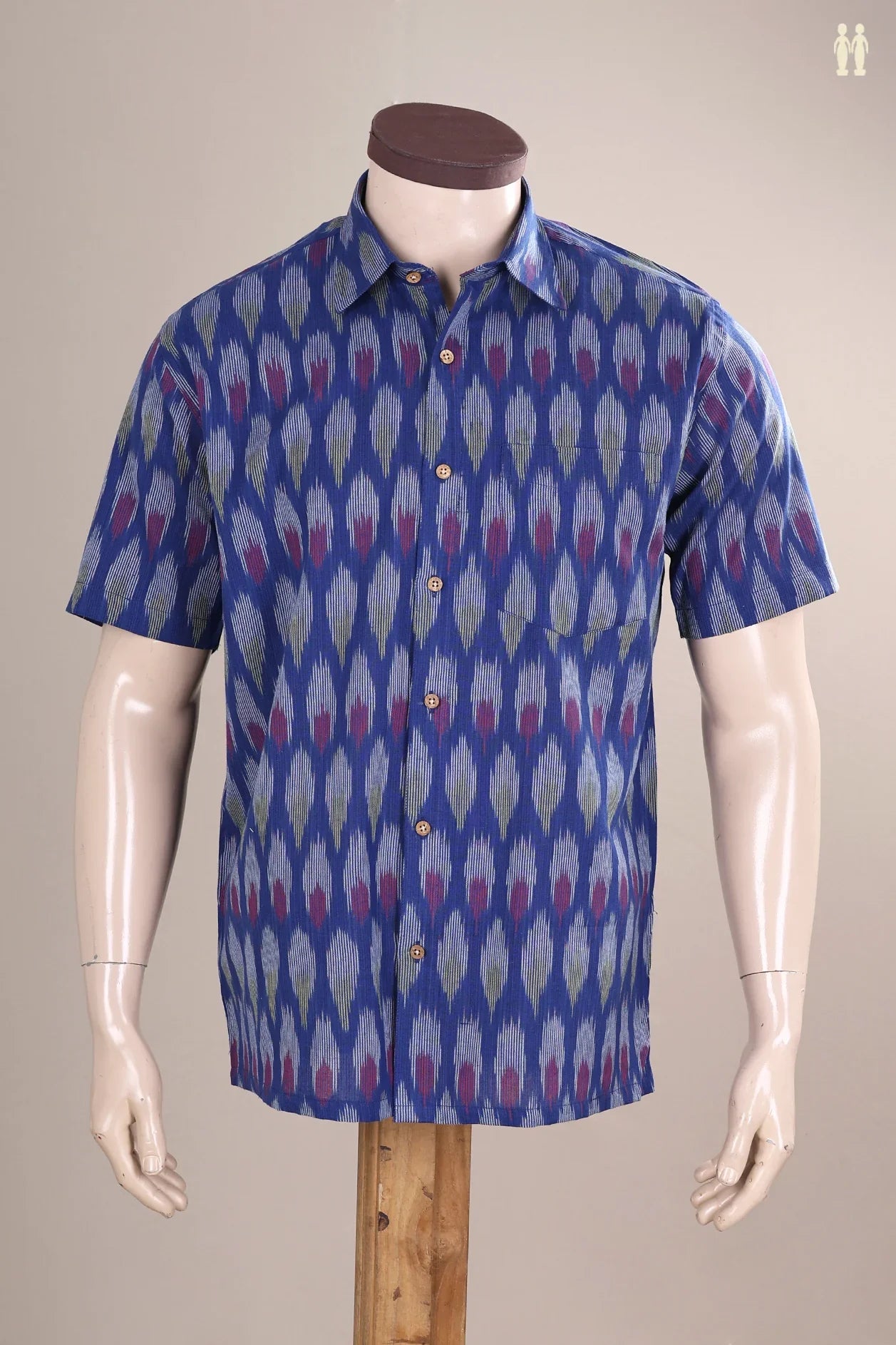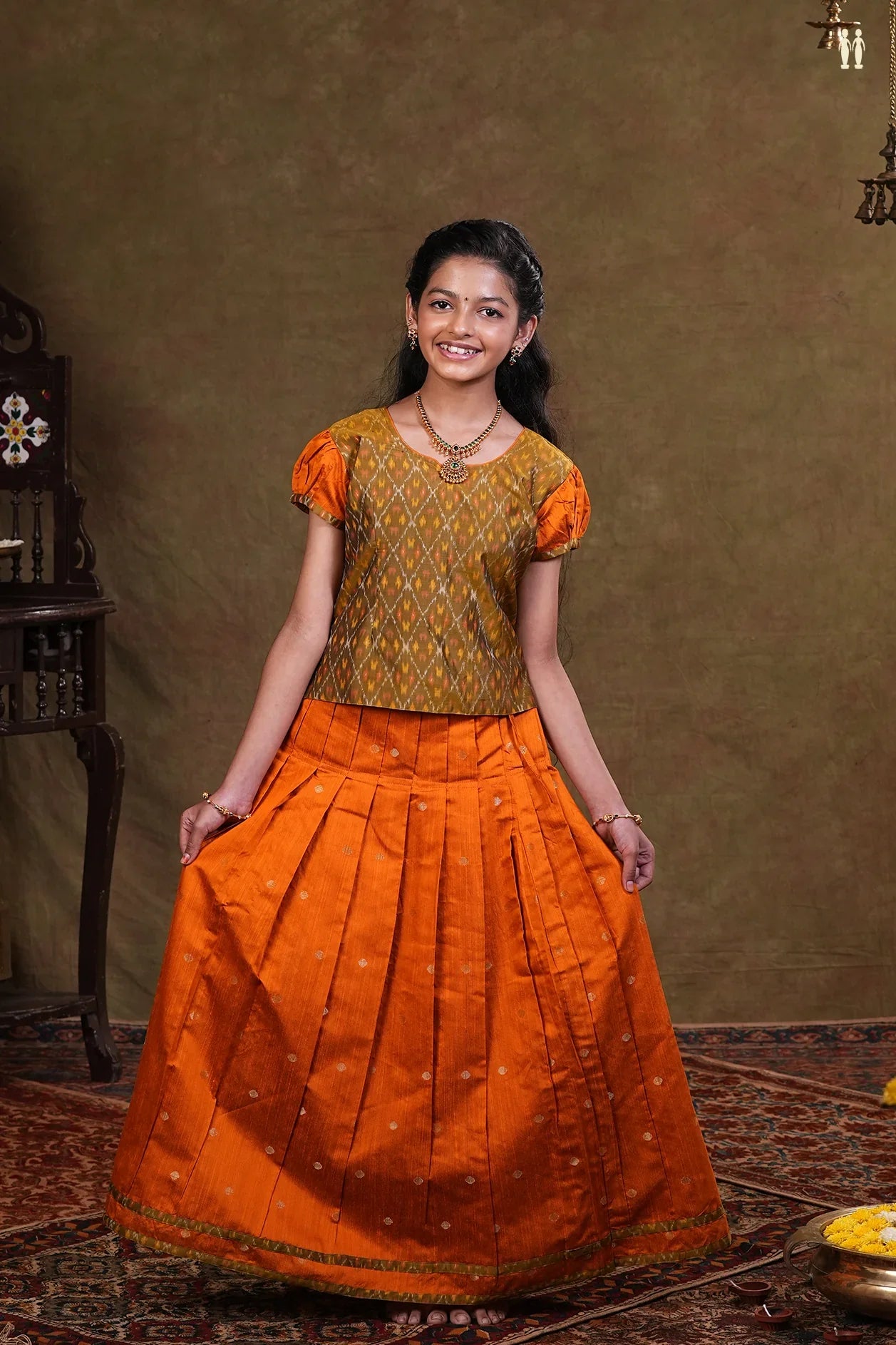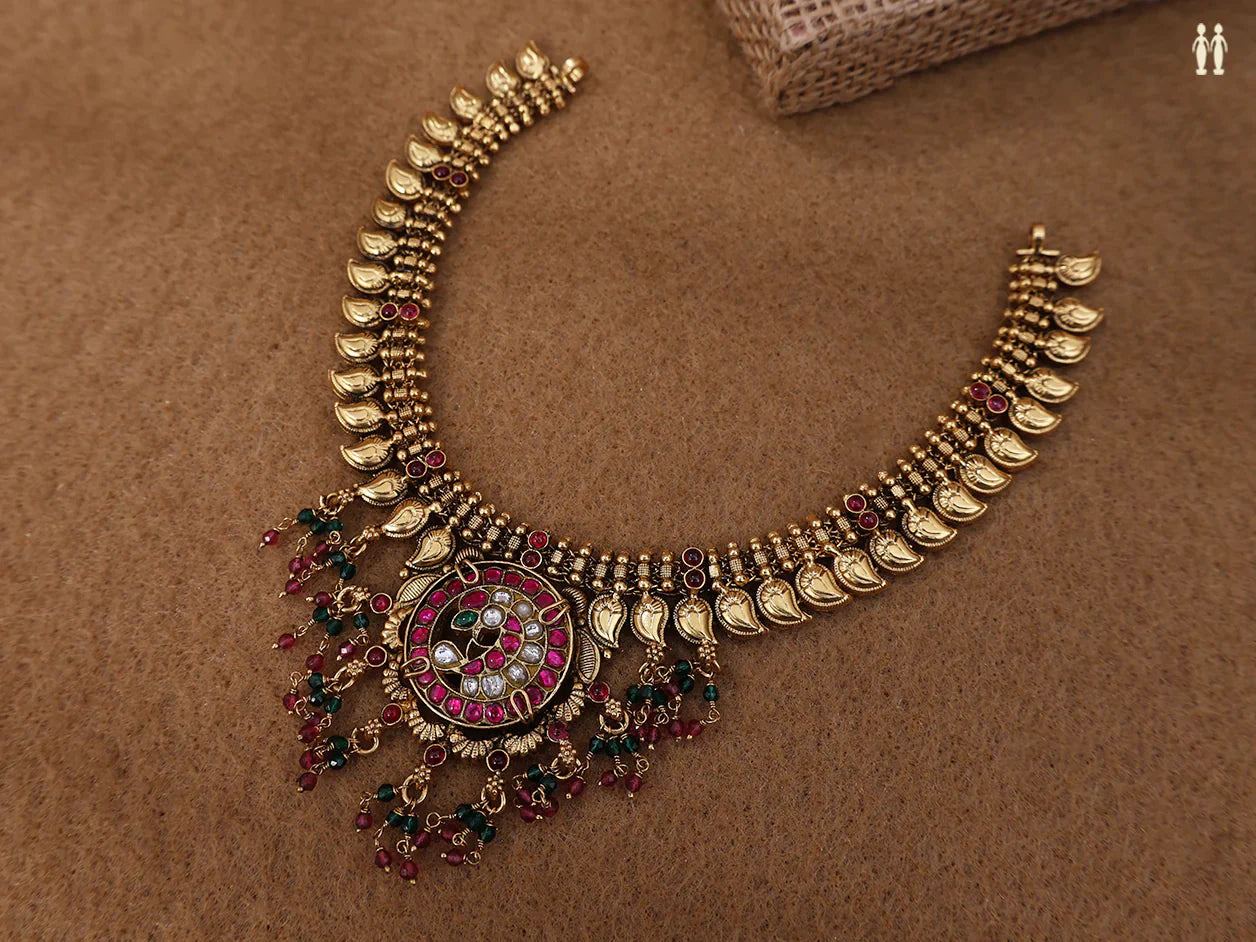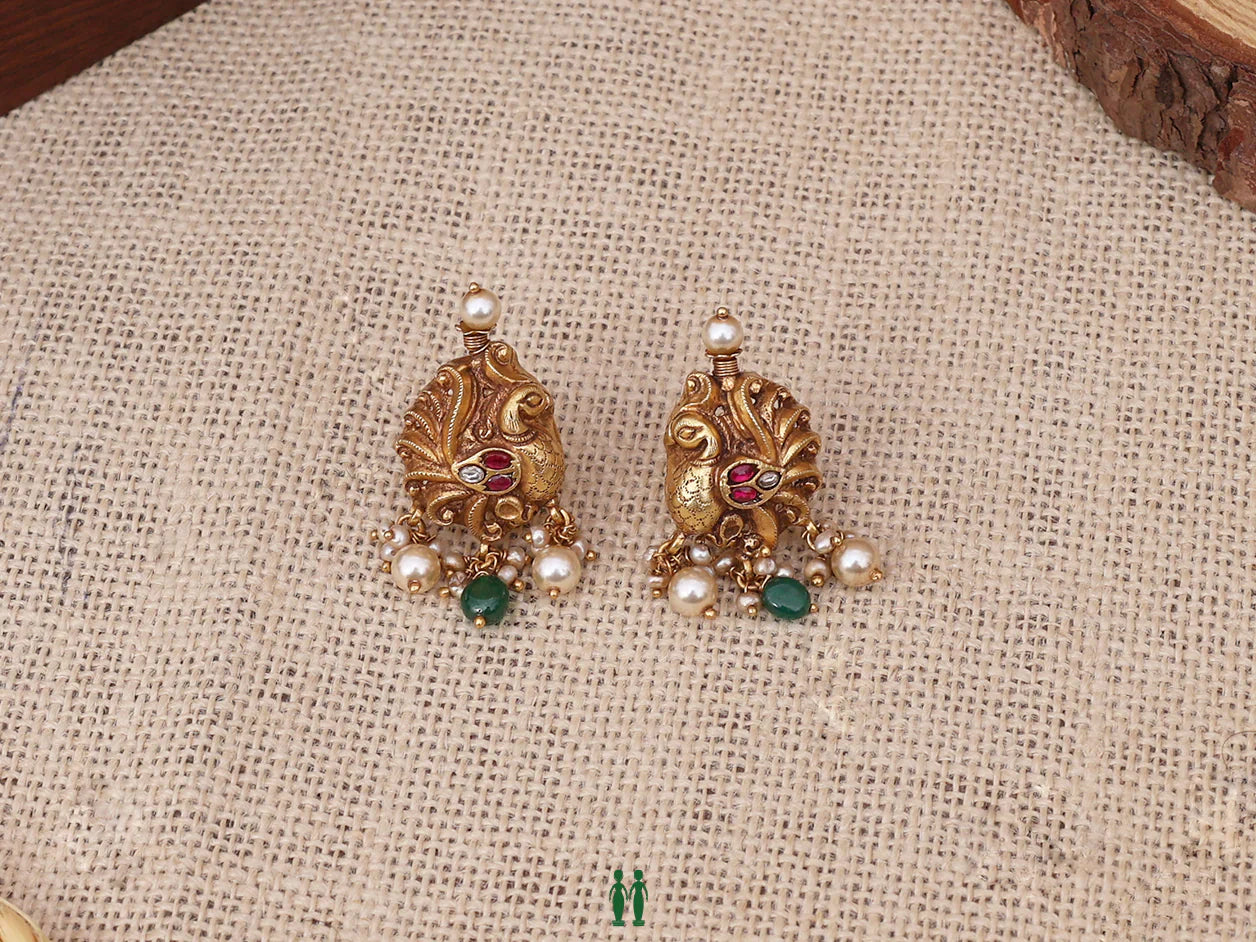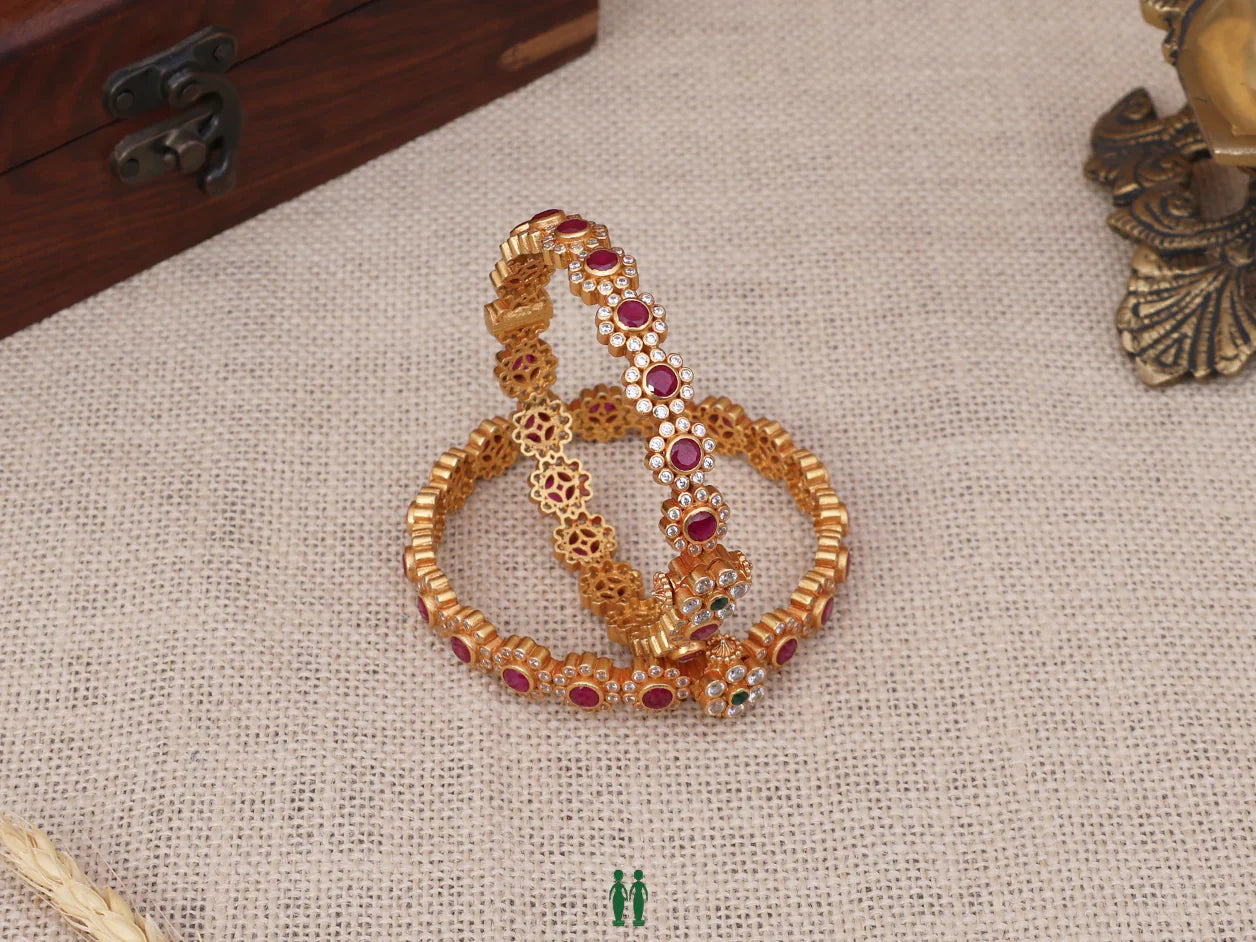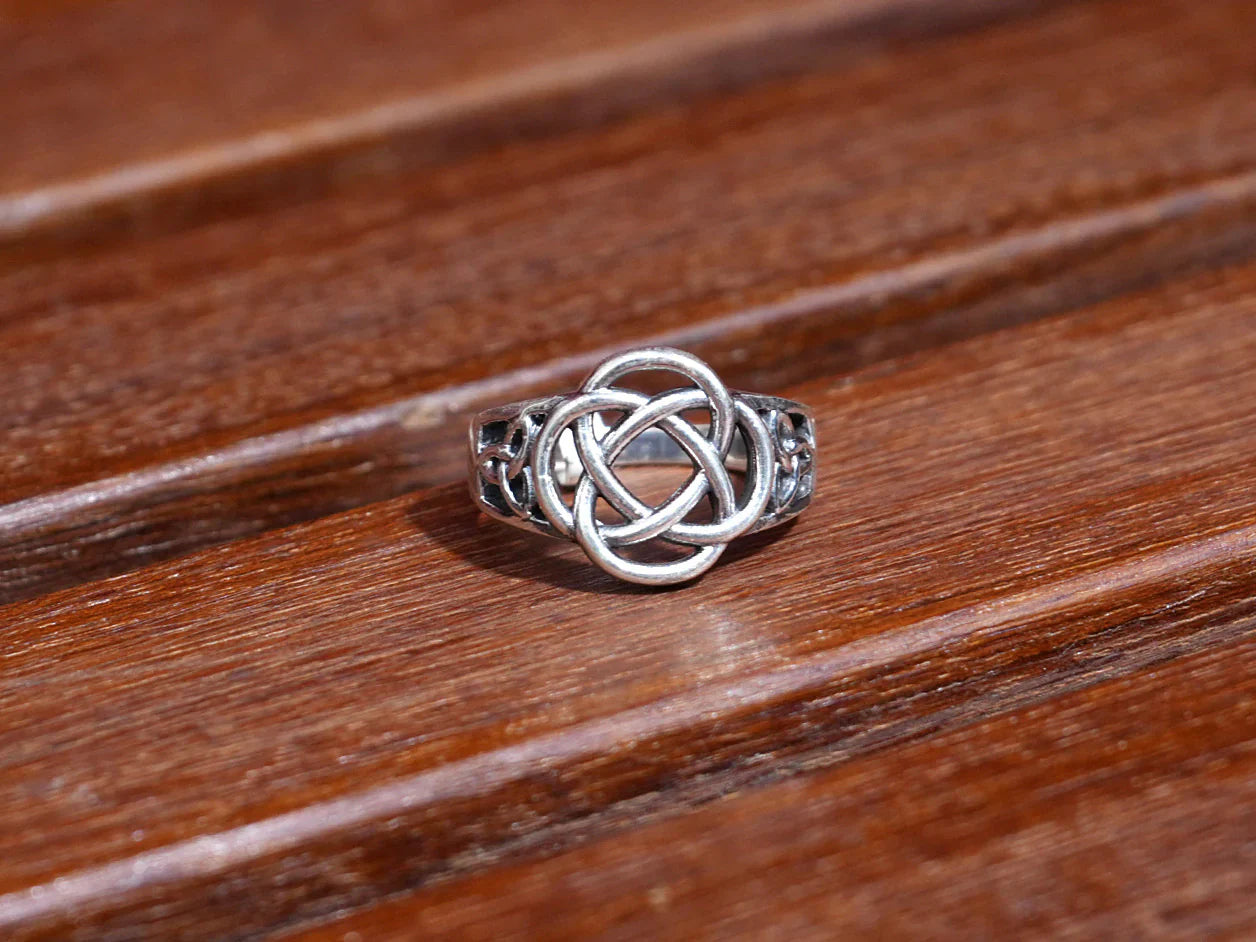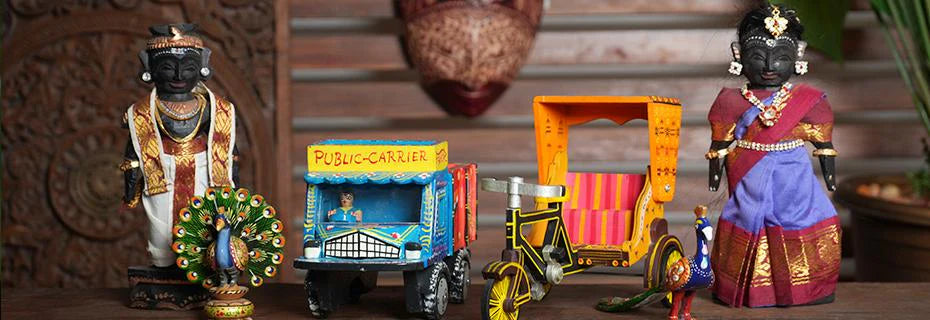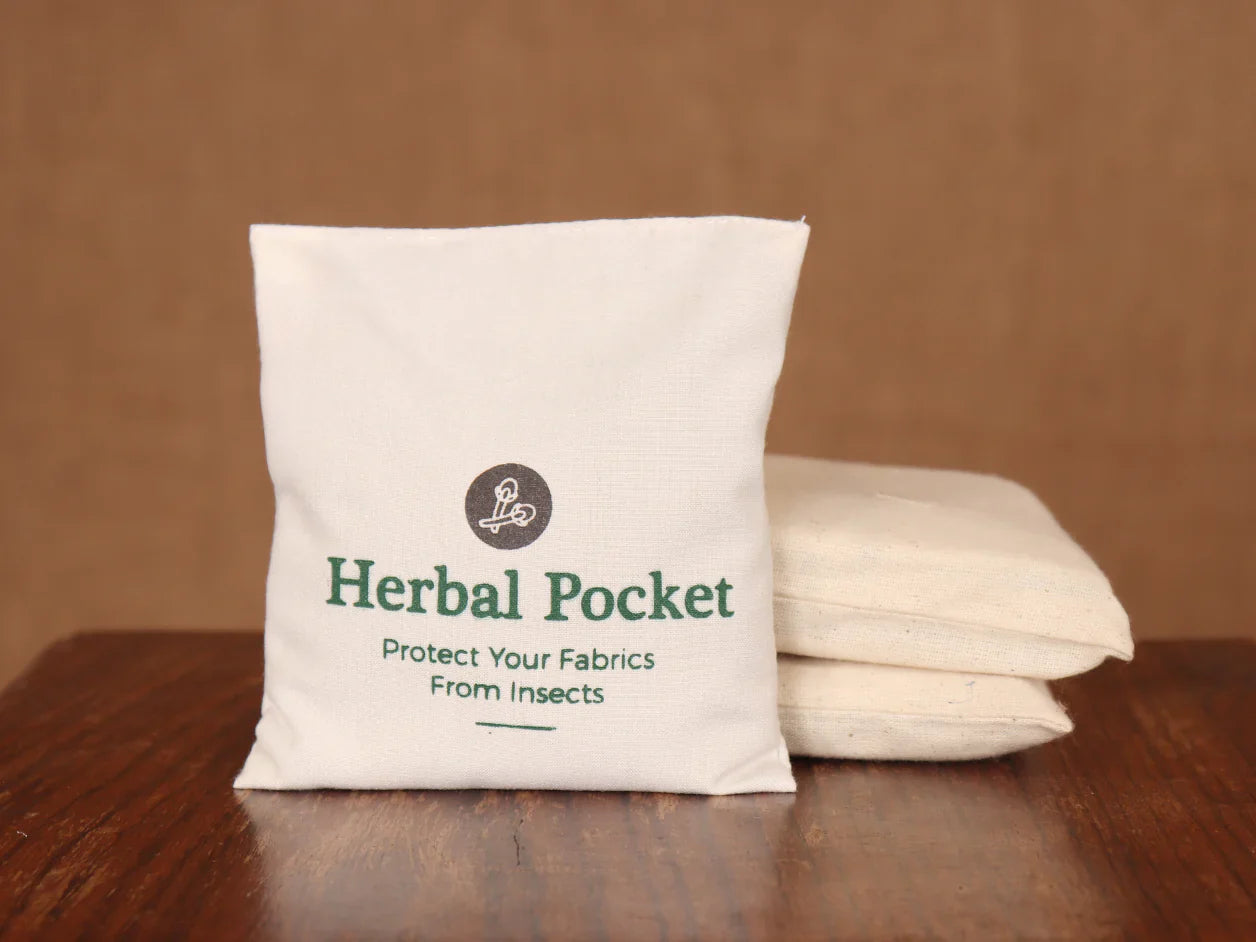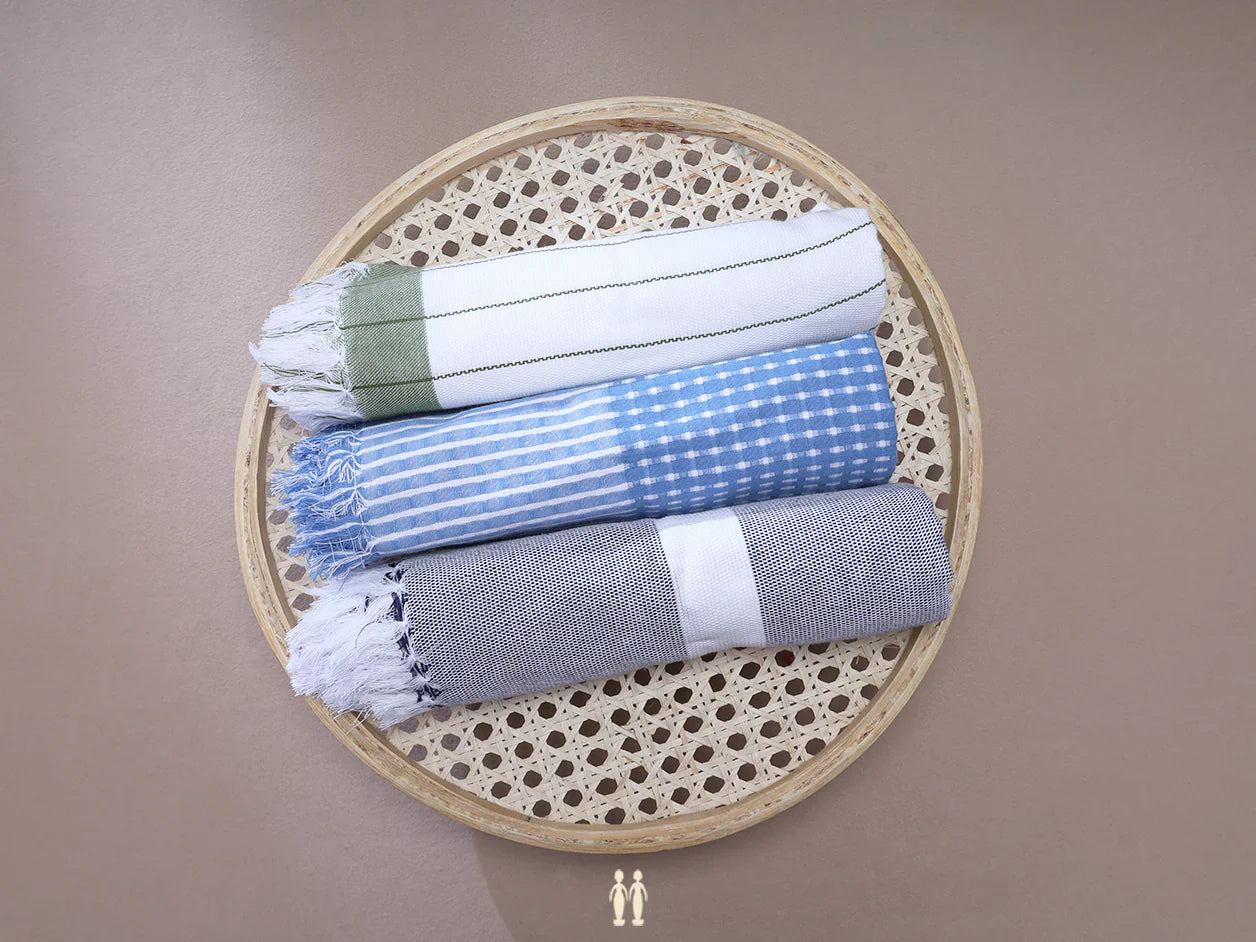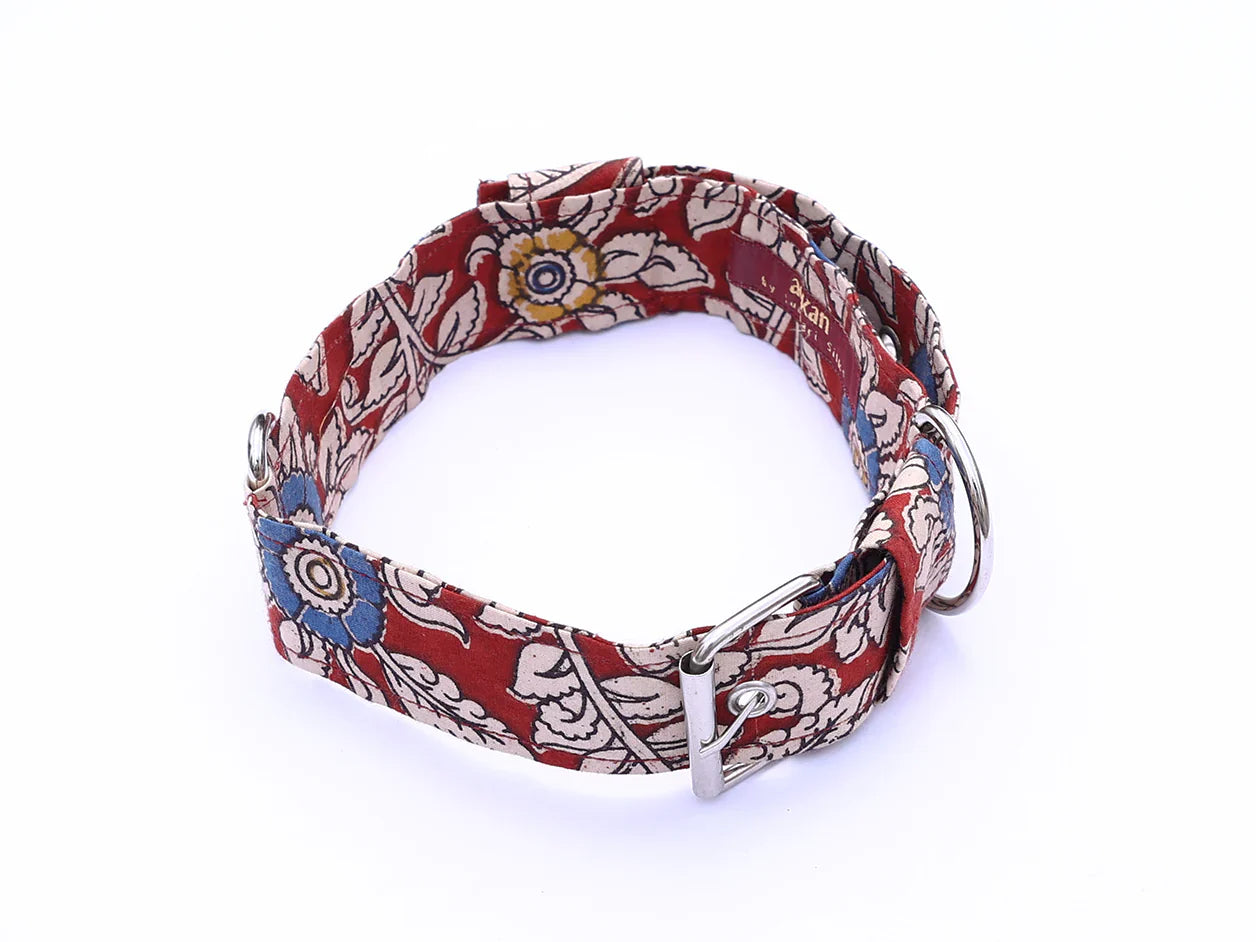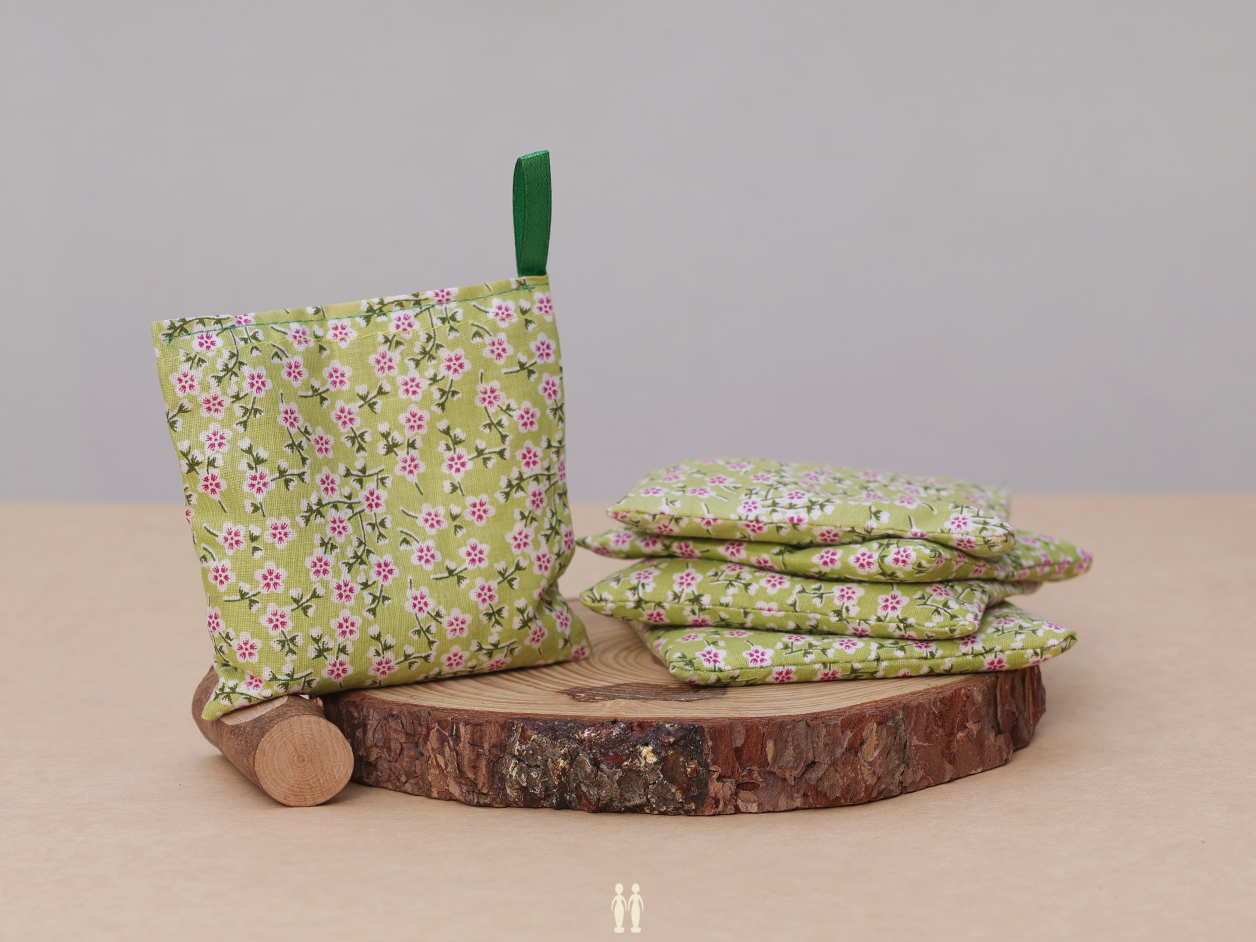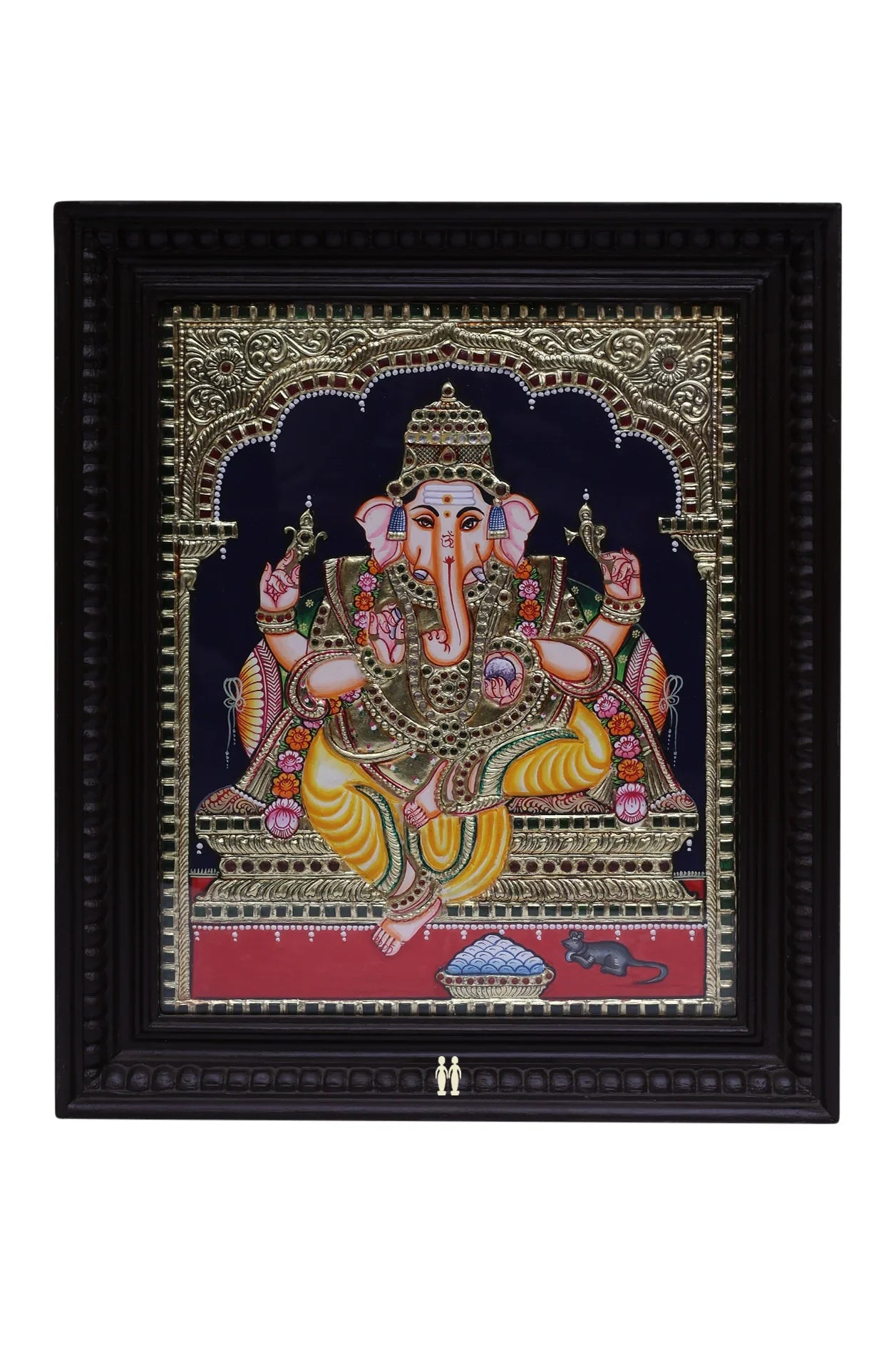- Enjoy 5% off your first purchase when you subscribe. Be the first to discover our latest collections, exclusive offers, and timeless tales.
Trending Products
CART
Cart is Empty!


5 Different Ways to Style the Classic Dhoti
The Dhoti, a traditional garment worn by men in India and parts of South Asia, is a versatile and stylish piece of clothing that can be worn in various ways. From formal events to everyday Casual Wear, the dhoti can be dressed up or down to suit the occasion. Here are just a few of the many styles of draping a dhoti:
The Classic Veshti Drape with Short Shirt
This is the most traditional way to wear a dhoti in the South of India. A typical veshti is four or nine yards of cotton or silk fabric accentuated with a colored border. This drape garners a deep admiration for its simplistic elegance.

The Pant Style Drape with Kurta
Certain special occasions inspire us to experiment with the eternal classics. In this style, the dhoti is draped like a pair of pants with both ends of the fabric tucked into the waistband and the excess fabric pleated down. While it retains the classical elements of the gold zari border and the crisp white ensemble, the Kurta adds a touch of a contemporary look.

(Credit: https://www.pinterest.co.uk/Viserion999)
The Panchakacham Drape
An integral attire in Brahmin weddings, the Panchakacham drape is reserved for auspicious occasions. Paired with an angavastram, the Segappu Karai and Pachai Karai zari border on a cotton or silk fabric of nine yards accentuates the drape outlining it with grandeur. Its pant-like drape allows the groom to perform the rituals at a wedding while he stands out from the rest of the crowd with this unique outlook.

(Credit: https://www.pinterest.co.uk/wedmegood)
Pant Dhoti with Jodhpuri Jacket
The Jodhpuri jacket has the best of both - Indian and western inspirations, evoking a sense of elegance. This jacket is made of luxury fabric and is fitted using distinctive techniques. It typically has a high collar and solid colors, leaving the room open for creativity with accessories and embellishments. Combining this modern piece of clothing with a dhoti draped in pant style transforms an everyday ensemble into one that reflects the most unexplored fashions. With the fashion trends rapidly evolving in India, this look is perfect for wedding receptions or cultural gatherings.

(Credit: )
Asymmetric Dhoti Drape with Tuxedo
The next time you take your tuxedo out for a spin, try it with a Dhoti! Yes, in a unique experimental pairing, the asymmetric dhoti plays with the flow of the silk fabric rendering a casual, laid-back ensemble with the royal tuxedo.

(Credit: )
No matter which style you choose, the dhoti is a stylish and versatile garment that can be worn in a variety of settings. So next time you want to mix up your wardrobe, consider giving the dhoti a try!





The Dhoti, a traditional garment worn by men in India and parts of South Asia, is a versatile and stylish piece of clothing that can be worn in various ways. From formal events to everyday Casual Wear, the dhoti can be dressed up or down to suit the occasion. Here are just a few of the many styles of draping a dhoti:
The Classic Veshti Drape with Short Shirt
This is the most traditional way to wear a dhoti in the South of India. A typical veshti is four or nine yards of cotton or silk fabric accentuated with a colored border. This drape garners a deep admiration for its simplistic elegance.

The Pant Style Drape with Kurta
Certain special occasions inspire us to experiment with the eternal classics. In this style, the dhoti is draped like a pair of pants with both ends of the fabric tucked into the waistband and the excess fabric pleated down. While it retains the classical elements of the gold zari border and the crisp white ensemble, the Kurta adds a touch of a contemporary look.

(Credit: https://www.pinterest.co.uk/Viserion999)
The Panchakacham Drape
An integral attire in Brahmin weddings, the Panchakacham drape is reserved for auspicious occasions. Paired with an angavastram, the Segappu Karai and Pachai Karai zari border on a cotton or silk fabric of nine yards accentuates the drape outlining it with grandeur. Its pant-like drape allows the groom to perform the rituals at a wedding while he stands out from the rest of the crowd with this unique outlook.

(Credit: https://www.pinterest.co.uk/wedmegood)
Pant Dhoti with Jodhpuri Jacket
The Jodhpuri jacket has the best of both - Indian and western inspirations, evoking a sense of elegance. This jacket is made of luxury fabric and is fitted using distinctive techniques. It typically has a high collar and solid colors, leaving the room open for creativity with accessories and embellishments. Combining this modern piece of clothing with a dhoti draped in pant style transforms an everyday ensemble into one that reflects the most unexplored fashions. With the fashion trends rapidly evolving in India, this look is perfect for wedding receptions or cultural gatherings.

(Credit: )
Asymmetric Dhoti Drape with Tuxedo
The next time you take your tuxedo out for a spin, try it with a Dhoti! Yes, in a unique experimental pairing, the asymmetric dhoti plays with the flow of the silk fabric rendering a casual, laid-back ensemble with the royal tuxedo.

(Credit: )
No matter which style you choose, the dhoti is a stylish and versatile garment that can be worn in a variety of settings. So next time you want to mix up your wardrobe, consider giving the dhoti a try!
Our Famous Articles

Our Famous Articles
Marappachi bommai
Marapachi Bommai: Heirlooms of Heritage In many South Indian homes,...
Your Ultimate Summer Wardrobe Destination
At Sundari Silks, we believe that the essence of summer...
Threads of Love: A Collection for Her & Him
What is the Meaning of Love? Love is found in...


GET ON THE LIST
Perks include 5% off your first online order at Sundari Silks. Be the first to know about new collections, store launches, sales and much more!





























